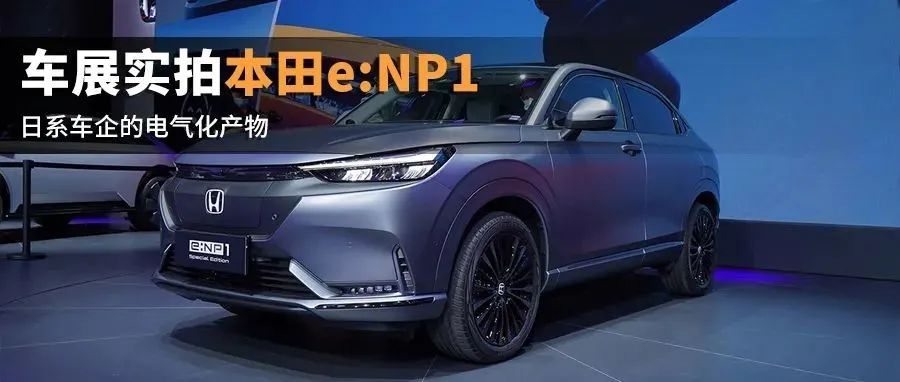Author: Danhuang
On November 19th, at the 2021 Guangzhou Auto Show, GAC Honda’s new all-electric SUV model e:NP1 officially debuted and will be launched in the first half of 2022.
e:N is Honda’s new all-electric brand. Previously, Dongfeng Honda had already released its sister model e:NS1, both of which are built on Honda’s e:N Architecture F pure electric architecture and have a range of over 500 kilometers.
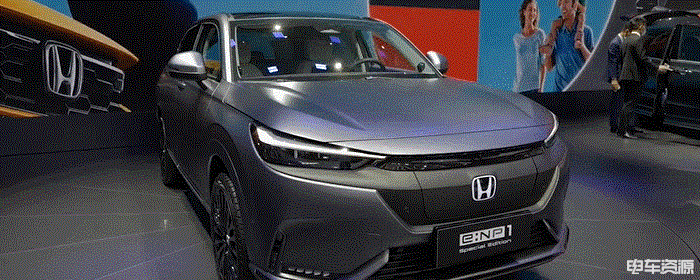
Since Honda officially announced the e:N all-electric brand, it can be seen that as a traditional car company, Honda takes the electrification transition very seriously. But does it really understand the new energy market? Let’s take a look at GAC Honda’s latest masterpiece together.
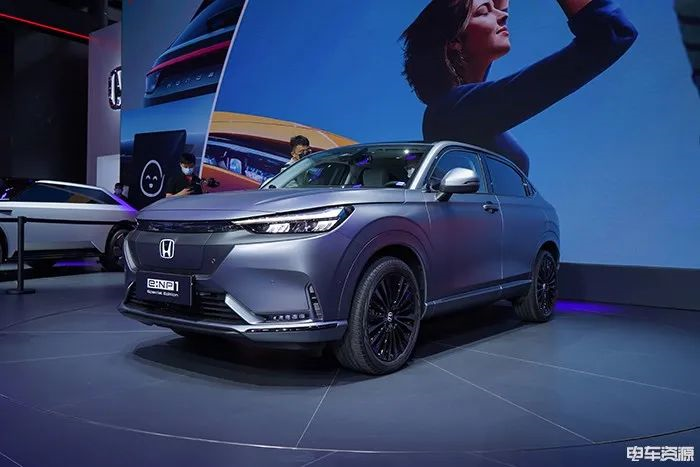
Honda you’ve never seen before
At first glance, the e:NP1 does have many elements of Honda, but upon further examination, it doesn’t seem so “Honda” after all. If you cover up the logo, you can still see that its front design language is Honda, but its overall simplicity and sleek lines can immediately distinguish it from other models.
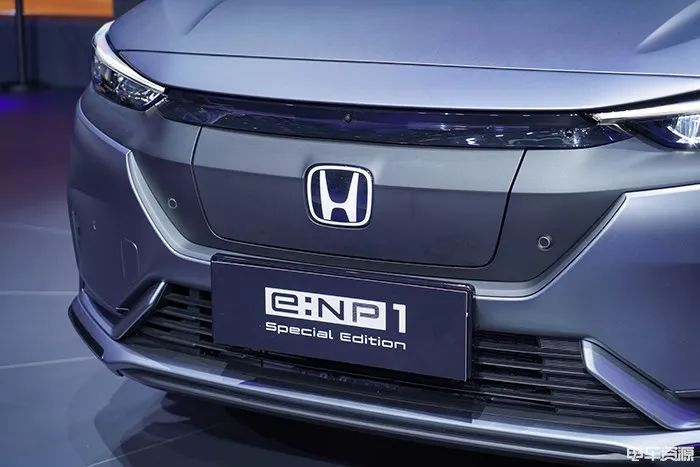
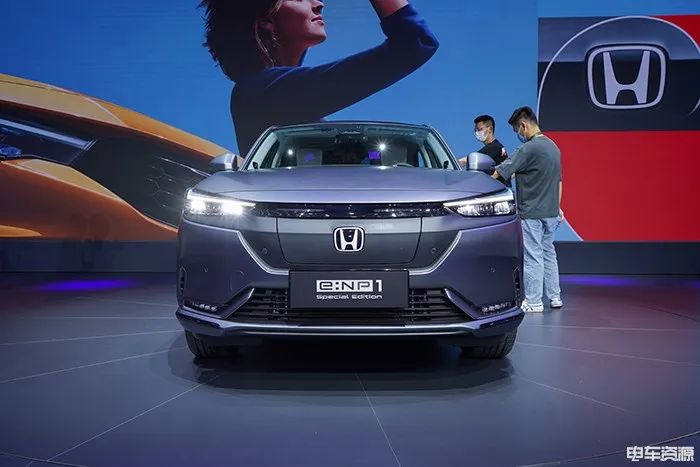
From the front, the design of the family-style front face is used on the large frame, with a closed grille and a lit badge, just like most electric cars. Even though it inherits Honda’s original front face style, there are many details on the new car that emit a strong electric style. In addition, the new car is equipped with a front-facing camera.
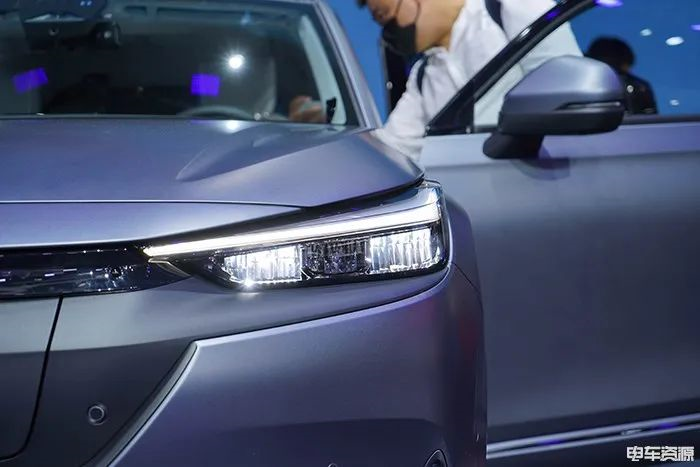
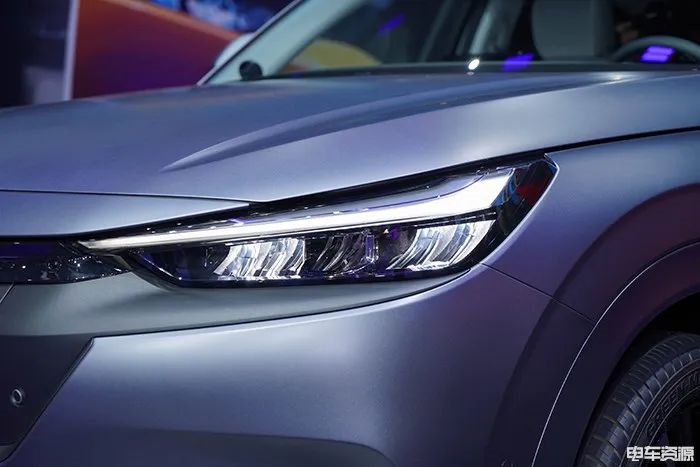 Unlike traditional fuel-powered Honda cars, the e:NP1 has fewer complicated markings on its exterior, focusing more on streamlining and curves. The headlights, in particular, have a slender and powerful stroke that outlines the e:NP1’s sharp “gaze,” while the hybrid LED light strip inside the headlamp adds to the sense of liveliness in the front fascia. Moreover, the newly designed headlights can also generate a heart-beat interaction light language.
Unlike traditional fuel-powered Honda cars, the e:NP1 has fewer complicated markings on its exterior, focusing more on streamlining and curves. The headlights, in particular, have a slender and powerful stroke that outlines the e:NP1’s sharp “gaze,” while the hybrid LED light strip inside the headlamp adds to the sense of liveliness in the front fascia. Moreover, the newly designed headlights can also generate a heart-beat interaction light language.
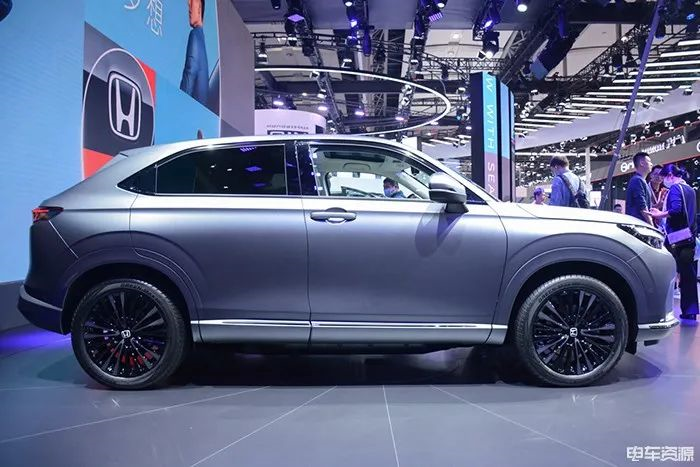
The Honda e:NP1 car measures 4,390 / 1,790 / 1,560 mm in length, width, and height, respectively, with a wheelbase of 2,610 mm. When viewed from the side, the car has an overall clean design with plenty of details, such as the straight waistline extending from the headlights to the tail lights, and the groove above the wheel arches, adding depth to its matte finish.
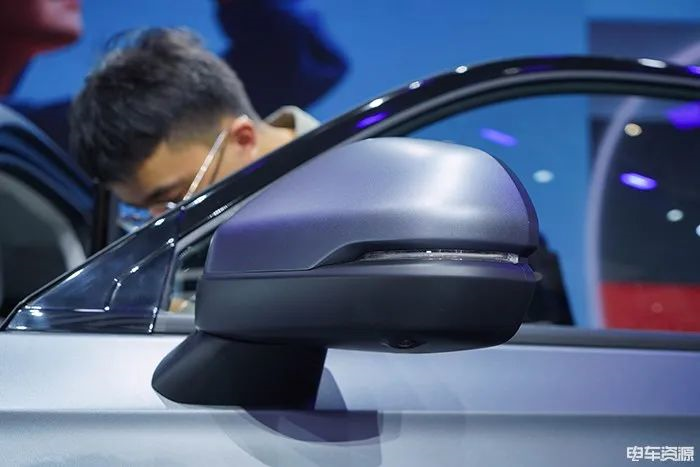
The uniquely shaped side mirrors have small, concave turn signals that display the Honda family traits, and a 360-degree panoramic camera installed beneath them.
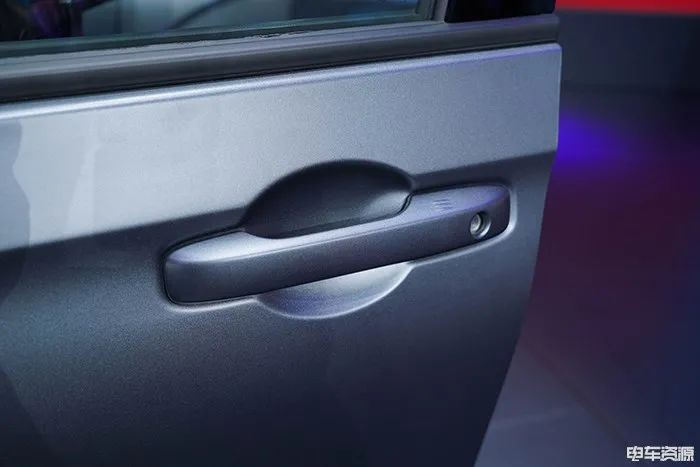
The front door handles still use traditional pull-type handles, and the car has a keyless entry function as well, but the most straightforward feature is the exposed keyhole.
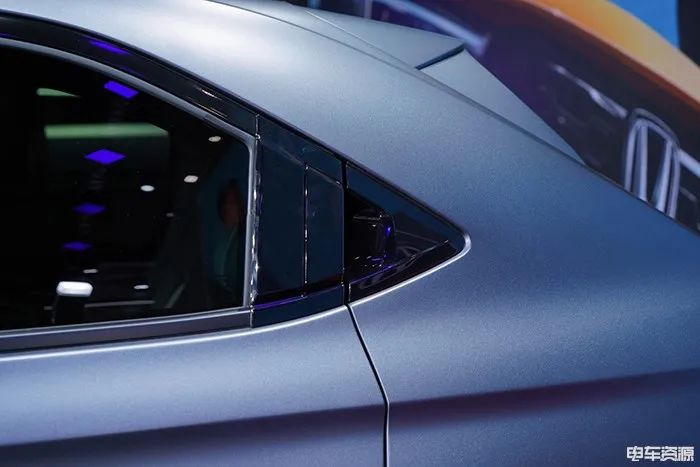
It is worth noting that the rear door handle is hidden in the C-pillar and blends with the black window frame, giving the car’s rear half a cleaner and simpler look.
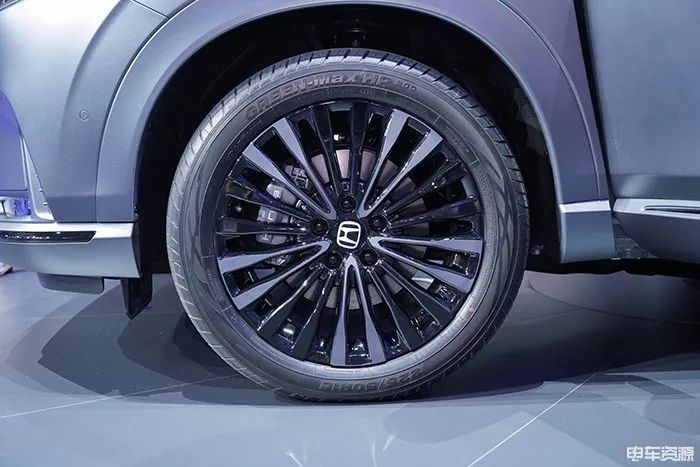
Regarding the wheels, Honda e:NP1 has delicate wheels, 225/50 R18 in size, with multi-spoke rims.
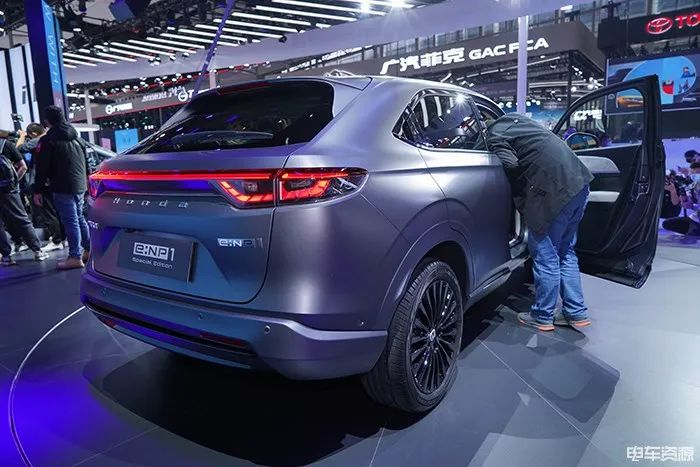
In keeping with the overall design, the car’s rear is also straightforward, without the usual “H” logo but featuring the Honda brand name. A relatively small spoiler completes the rear design.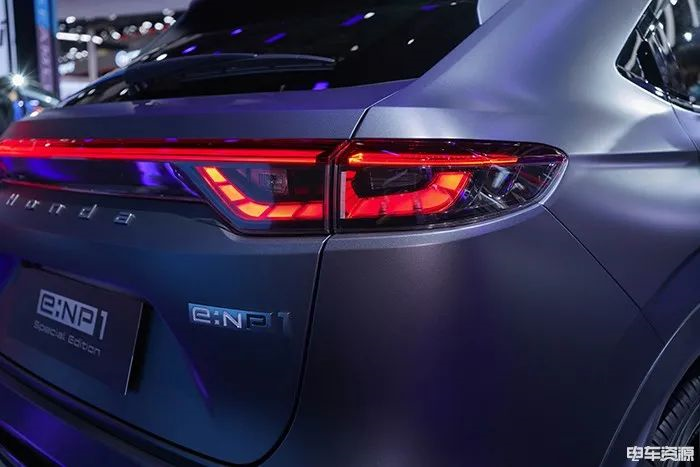
Honda e:NP1 uses the common through-type taillight of new energy vehicles. The unique structure of the lamp body on both sides, like a segmented light strip, gives it a sense of machinery and greatly improves the appearance of the rear of the car.
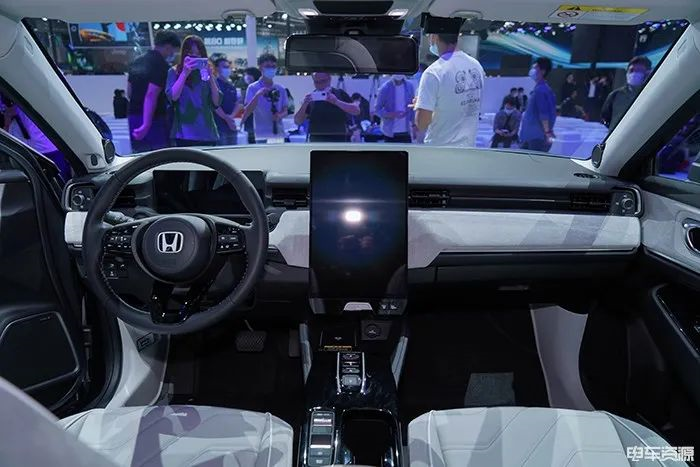
Entering the car, the overall style is very different from traditional Honda cars, and the most striking thing is the 15.2-inch suspended vertical center console screen, which, like the mainstream trend, basically eliminates physical buttons on the center console. The surface of the center console is made of a lot of soft materials, coupled with the suede material in the middle, creating a simple and high-end atmosphere.
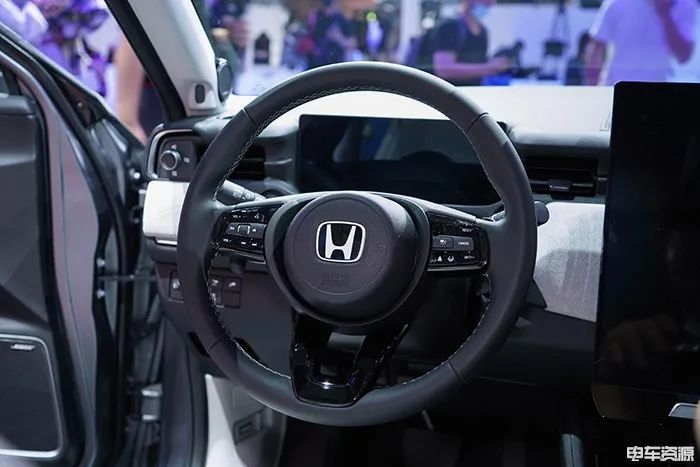
The multi-function steering wheel still retains physical buttons, and comes with a bright black decoration, making it look more exquisite.
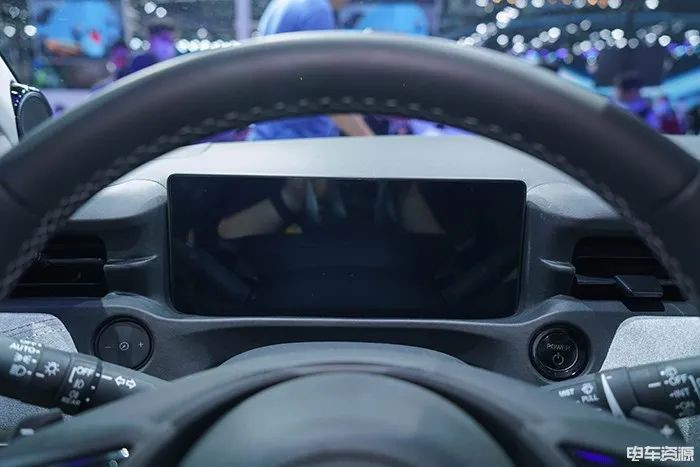
In addition, the size of the full LCD instrument panel is 10.25 inches, and the pursuit of a simplified design to a certain extent expands the driver’s field of vision. In terms of intelligent configuration, the vehicle will be equipped with Honda’s all-stack intelligent control ecosystem e:N OS, which integrates Honda SENSING 360 intelligent driving assistance system and Honda CONNECT intelligent navigation and communication system, and has AI voice assistant, car-home interconnection, OTA online upgrade and other functions.

From the A-pillar, it can be seen that the new car is equipped with a driver face recognition camera and BOSE brand exquisite sound system.
Comfortable and high-quality seating space coexist
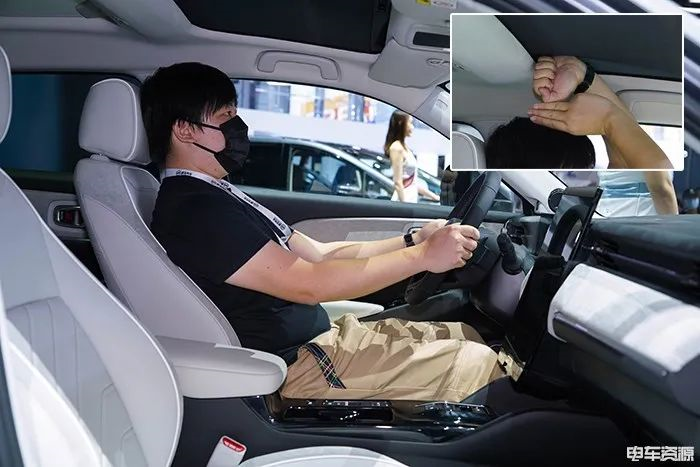
In terms of seating space, the experiencer with a height of 174 cm adjusted the driver’s seat to the appropriate position, and there was ample space left for the head.
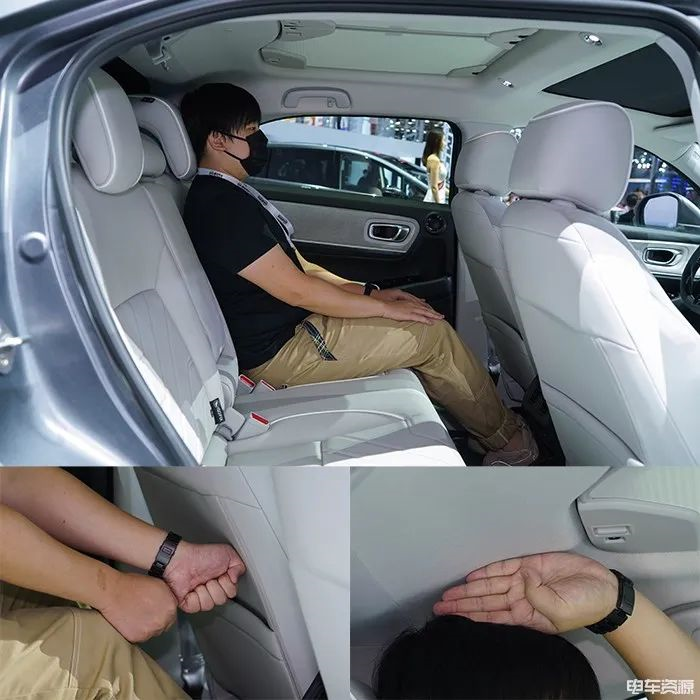
The performance of the rear seats is also good. There is about four fingers of space at the head and about two fists of distance between the legs and the front seat.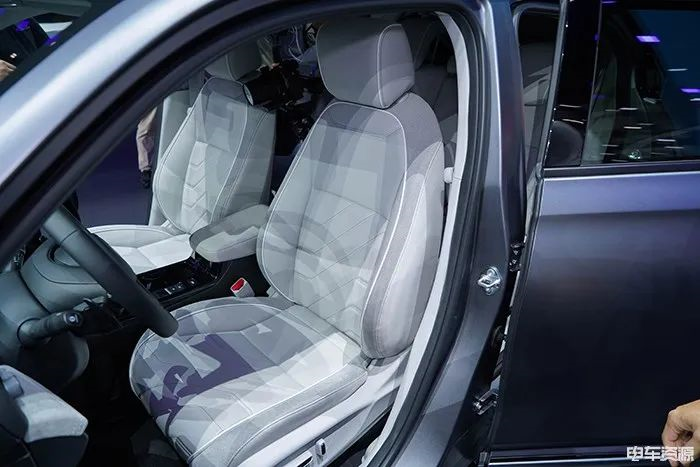
The seat is wrapped in leather and suede materials, with the basic part of the body contact being leather, and the suede part mainly serving as decoration. Both front seats are equipped with electric adjustment function. The seat design incorporates a texture similar to a circuit board, which is in line with its pure electric identity, with full details.
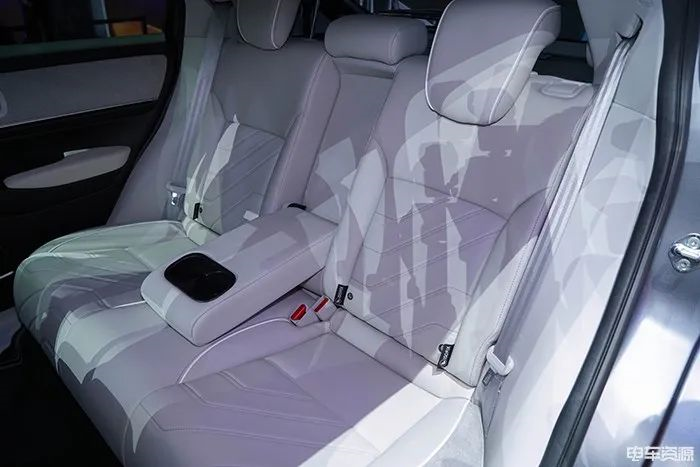
The rear seats on both sides have extra-large headrests, and this design considers more of the comfort of passengers’ cervical spine. The middle seat is equipped with a small headrest.
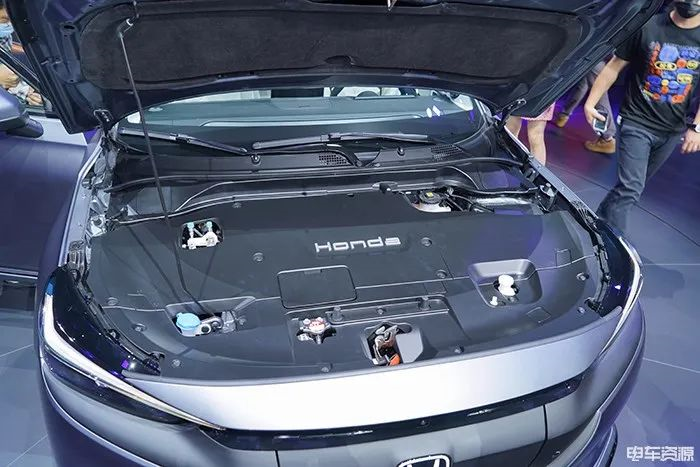
In terms of power, the new car will be equipped with a three-in-one high-power electric motor, with a maximum output power of 182 horsepower (134 kW) and 204 horsepower (150 kW), and both new cars have a score of less than 8 seconds from 0 to 100 km/h. The maximum range will exceed 500 kilometers.
Summary
In the past few years, Japanese car companies seemed slow to respond to the electrification trend, with some dabbling but not fully committing. Nowadays, the trend is clear: those who want to stay in this market cannot afford to be left behind, and Japanese car makers have announced their transition to electric vehicles. They may not be the first batch of car companies to transition, but this is not necessarily a bad thing. After all, learning from others’ experiences can make the journey smoother.
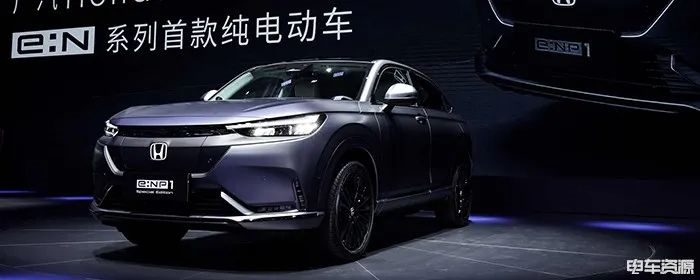
For Honda, which has been deeply rooted in the Chinese market for many years, the e:NP1, as the first model built on a brand new pure electric platform, entering the new energy market with the positioning of a compact SUV, may be a smart move. However, it also means facing fierce competition from many strong opponents. In the future, whether this new car from Honda can achieve the same status as their fuel-powered cars is worth looking forward to.
This article is a translation by ChatGPT of a Chinese report from 42HOW. If you have any questions about it, please email bd@42how.com.
